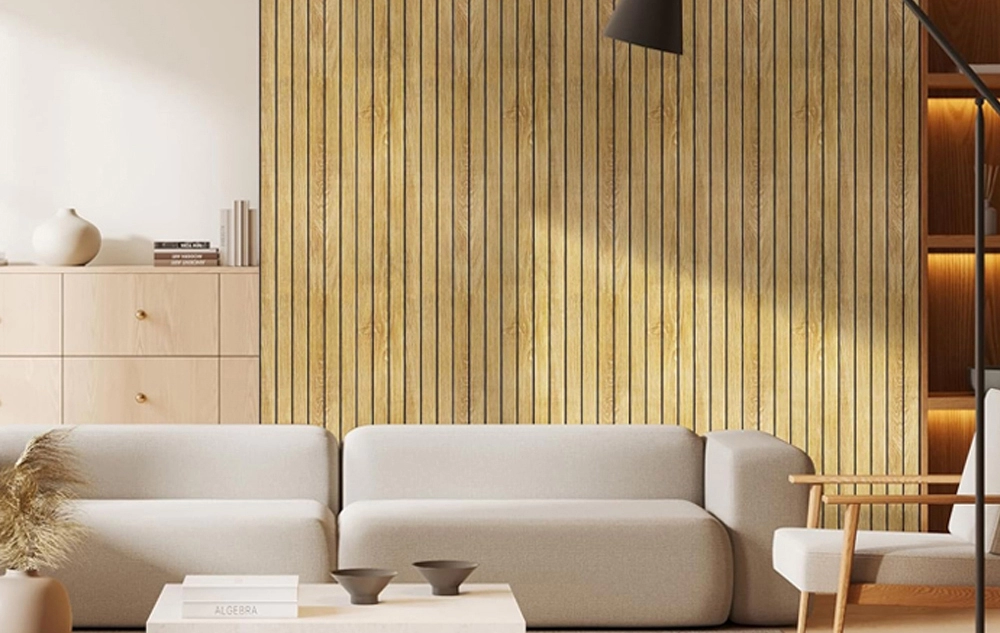Global Workplace Acoustic Optimization Trend: Modular Acoustic Absorption System Market Grows by 12% YoY
The Southeast Asian construction sector is experiencing unprecedented growth, with the acoustic materials market projected to expand by 9.5% in 2023 (Global Market Insights). This surge is driven by rapid urbanization, booming tourism, and infrastructure development across Thailand, Indonesia, Vietnam, and Malaysia—particularly in commercial buildings, luxury hotels, and mixed-use developments.
Market Dynamics: Demand and Supply Imbalance
Local Production Gaps:
Southeast Asia's limited domestic manufacturing capacity for high-performance acoustic panels has created a reliance on imports.
Chinese-made mid-range solutions (e.g., gypsum composite panels, mineral wool boards) dominate due to their cost-effectiveness (30–50% cheaper than European alternatives) and compliance with basic fireproofing (Class A) and sound insulation (STC 45+) standards.
Key Demand Drivers:
Hospitality Sector: Luxury hotels in Bangkok, Bali, and Ho Chi Minh City prioritize acoustic comfort to enhance guest experiences.
Green Building Policies: Thailand’s TREES and Singapore’s BCA Green Mark incentivize sustainable materials, creating opportunities for eco-certified acoustic products.
Winning Strategies for Market Entry
1. Asset-Light Globalization Model
To minimize risks and maximize agility, manufacturers should:
Partner with Local Distributors: Collaborate with established players like Indonesia’s PT. Mitra Tenaga or Thailand’s Siam Gypsum to navigate complex supply chains.
Localize Product Offerings: Adapt to ASEAN standards (e.g., SNI in Indonesia, TISI in Thailand) and tropical climate needs:
Moisture-resistant coatings to prevent mold in high-humidity environments.
UV-stable finishes for semi-outdoor applications (e.g., resort facades).
2. Technology-Driven Differentiation
BIM for Trust-Building:
Follow the India success model, where BIM-based acoustic simulations (e.g., Autodesk Revit + acoustic plugins) helped suppliers win contracts for Mumbai’s metro projects.
Provide contractors with 3D visualizations of noise reduction performance to streamline approvals.
Digital Catalogs: Offer cloud-based product libraries with detailed NRC/STC data, easing specification for architects.
3. Competitive Pricing Tactics
Hybrid Material Solutions: Combine Chinese cost efficiency with European technical expertise (e.g., German-engineered adhesives on locally assembled panels).
Bulk Shipping Optimization: Use Vietnam’s deep-sea ports (e.g., Cai Mep) as regional hubs to reduce logistics costs.
Case Study: Acoustic Panels in Thailand’s ICONSIAM Mall
A Chinese supplier secured a $2M contract by:
Customizing perforated gypsum panels with traditional Thai motif designs (aesthetic integration).
Providing BIM files showing 25 dB noise reduction for the cinema complex.
Offering on-site technical support through a local joint venture.
Future Outlook
With Southeast Asia’s construction market set to exceed $300B by 2025 (Fitch Solutions), acoustic material suppliers must:
Target secondary cities (e.g., Hai Phong in Vietnam, Surabaya in Indonesia) where infrastructure is expanding.
Develop “ASEAN-Exclusive” product lines, such as lightweight bamboo-composite panels for eco-resorts.
Conclusion
Southeast Asia’s acoustic materials boom is a golden opportunity for agile global suppliers. By combining local partnerships, climate-adaptive engineering, and digital tools, manufacturers can claim a lasting stake in this high-growth market—while outmaneuvering European and Japanese competitors on price and speed.
 en
en en
en






